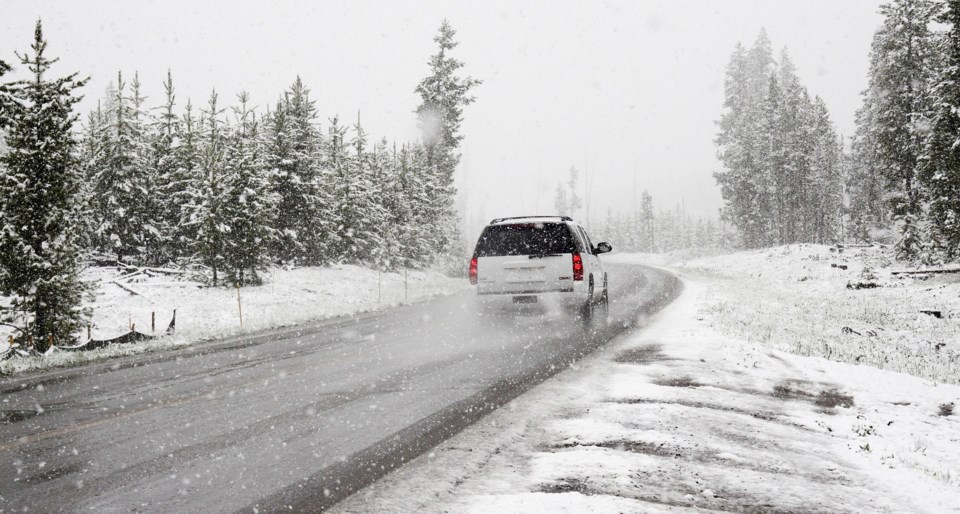With record‐breaking cold temperatures expected this winter, can you be sure that your vehicle will get you where you need to go?
Cold weather is notoriously harsh on vehicles, which is why it’s all the more important to give your car a
little extra time and attention when the mercury dips.
Check your defroster. When the temperature drops, moisture in your vehicle condenses on your
windows and impedes your visibility. Be sure to check that your defroster, which blows warm dry air on
the glass, is in good working order before hitting the road. If you find that you’re still having problems
with condensation, check the gaskets around your windows and doors for leaks.
Replace your heater coil. In our harsh climate, a working heater is a must in your vehicle to keep you comfy. If your heater isn’t working properly, chances are you need to replace your heater coil. Though this can be an expensive repair, you’ll be glad you made the investment.
Keep your gas tank half full. The air in your fuel tank contains moisture that can freeze your fuel lines in cold temperatures. Keeping your tank at least half full over the winter months will help prevent this freezing by limiting the air volume in the tank and it will give you the benefit of extra weight for better traction on icy roads.
Switch to a winter‐weight oil. In cold temperatures, your oil tends to thicken, preventing it from
effectively lubricating your engine. To avoid engine trouble, check your owner’s manual for the
recommended type of cold weather oil and switch to a more viscous formulation.
Use the right amount of antifreeze. It’s important to keep the right ratio of antifreeze and water in
your radiator to prevent your coolant from freezing in cold weather. A 50:50 ratio is accepted as the
norm, so consider using a pre‐mixed solution to avoid getting the ratio wrong and to ensure that your
engine runs effectively.
Check your battery. In frigid weather, the most common vehicle troubles are related to the battery. Your battery should be changed every three to five years, so if you’re having problems with starting your vehicle or with stalling, consider changing your battery. You should also check the battery to ensure that all the connections are tight and corrosion free. Finally, don’t charge or jump your battery if it’s frozen due to the risk of a rupture or explosion. When in doubt, leave it to the pros.
Avoid using cruise control. You should never use your cruise control on wet, snowy or icy roads. If you hydroplane or skid, your tires will rapidly spin as your car accelerates to maintain its speed, and you are more likely to lose control.
Check your tire pressure. Be sure to check the pressure of your tires (including your spare) at least once a month this winter – every 5°C change in temperature results in about a 7_kPa (1 psi) change in tire pressure. Properly inflated tires last longer, make your vehicle safer to drive and can improve your fuel efficiency.
Check your brakes. When you need to stop on slick and icy roads, every second counts. Check your brakes for wear and tear and replace worn brake pads.
Test your exhaust system for leaks. Leaks can be especially dangerous during cold weather driving when windows are closed. Be sure to check your exhaust system at least once a year to stay safe.
Let your car warm up. It’s a good idea to let your engine warm up a bit before hitting the road in extreme cold to avoid grinding gears or causing undue stress to your engine. Just make sure to do it in an open space.
Wax your headlights. Fluctuations in temperature often lead to messy road conditions and your
headlights can quickly become coated in frozen slush. To ensure optimal visibility, consider cleaning off
your headlights, coating them with car wax, and then buffing the wax off. The resulting slippery surface
will help to prevent frozen build‐up.
Article by BeCarCareAware.ca




